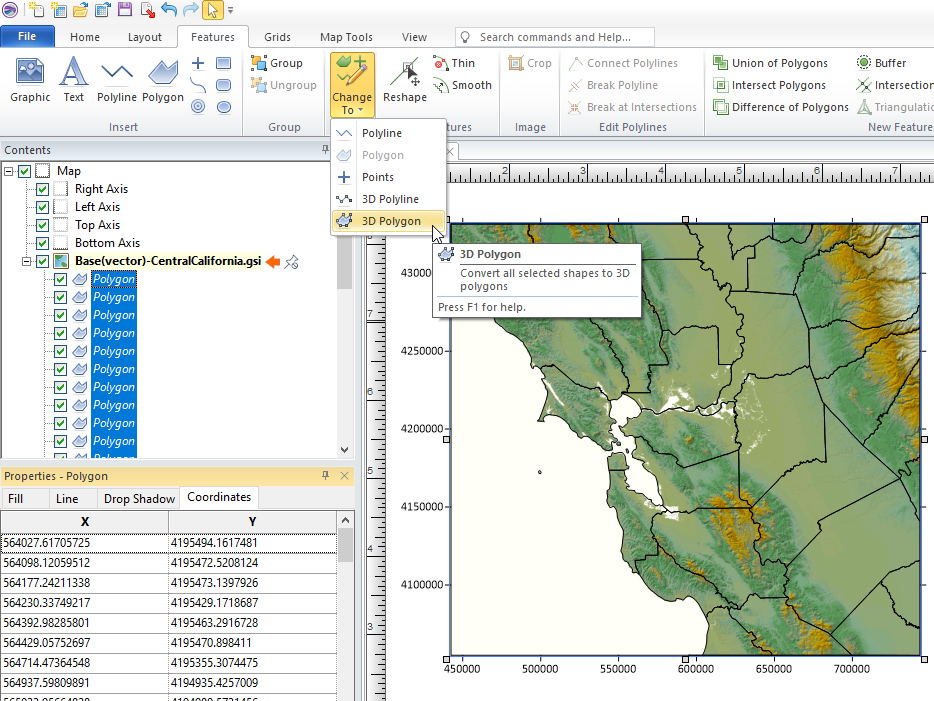


A large circular carousel on the side of the machine holds up to 25 hotends, and in practice, a pair of robotic arms pop out the previous hotend, cut the filament, and load up the specified hotend from the carousel. The Swapper3D works very similarly to the tool-changing systems on CNC machines, and is just as satisfying to watch. To solve this problem for the popular Prusa i3 and Ender 3 printers, developed the Swapper3D, an automated system that swaps the entire hotend when the material is changed, eliminating the need for purging almost entirely. Multicolor printing on FDM machines can be tricky to get working flawlessly, and purging hotends when changing colors can end up wasting a lot of filament and material. We’re always on the lookout to see the different things we can print, and being able to turn digital artwork into a 3D model is a great example!Ĭontinue reading “A 2D Image Makes A 3D Print” → Posted in 3d Printer hacks Tagged 2.5d printing, 3D file formats, lithophane, Multicolor 3D printing If you don’t have a multi-colored printer, you can add pauses on the 3D print file to switch out filaments after a few layers to achieve a similar effect. Multi-colored 3D printers will then be able to add gray and black filament as it prints higher and higher elevation.

The trick is to develop the 3D model using the lithophane tool first to create the different elevations (ensuring that the lowest elevation is still thick enough to be opaque), but retain the different colors on the model when it’s exported. It’s a nifty optical illusion, but these kinds of art blocks aren’t actually multicolored themselves. Areas that appear darker are thicker with more layers, and areas that appear lighter have less. Lithophanes are built (or printed) by mapping topography to make light easier or harder to pass through in certain places. instead details in the video below the break how to use the ItsLitho tool to build completely opaque black and white images using a multicolored printer. This project follows a similar technique that stems from lithophanes, which produces an image from light that passes through the object. While these projects take plenty of time and creativity on their own, shows us a different way to make 3D printed art by turning 2D images into fully textured 3D prints. When you imagine 3D printed art, it’s easy to envision the different kinds of sculptures and figurines posted online.


 0 kommentar(er)
0 kommentar(er)
